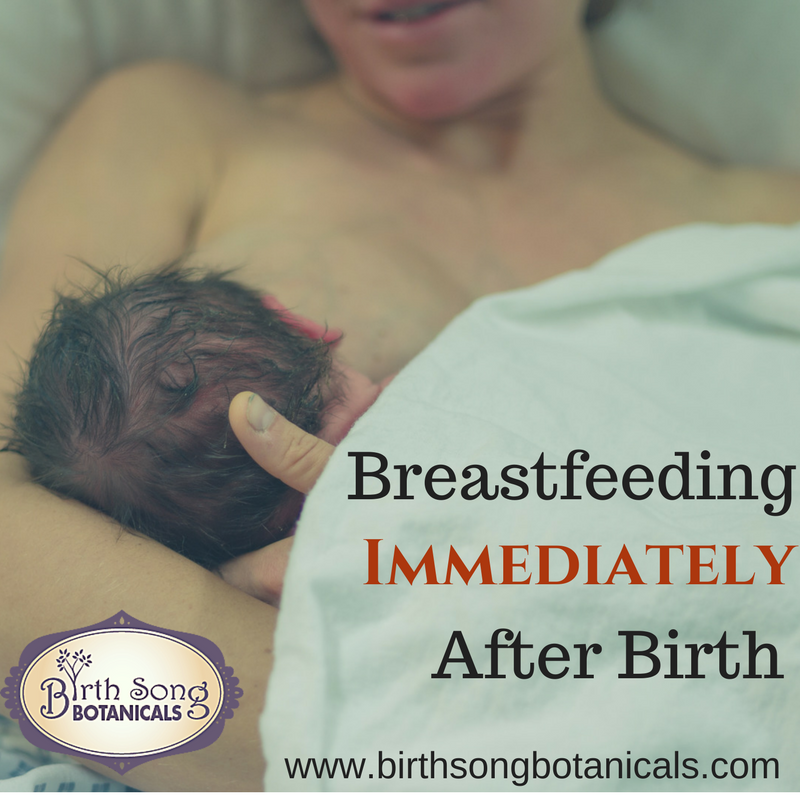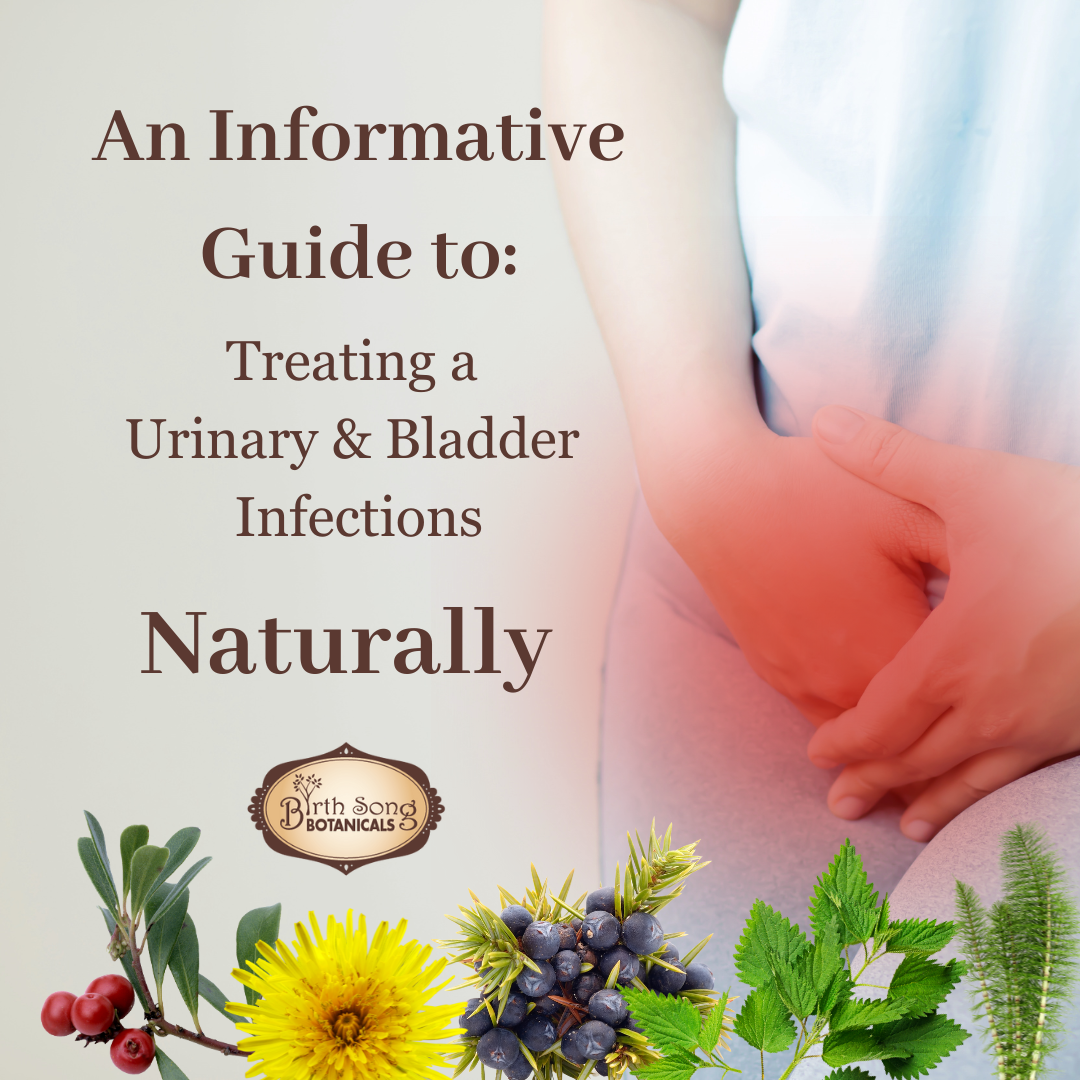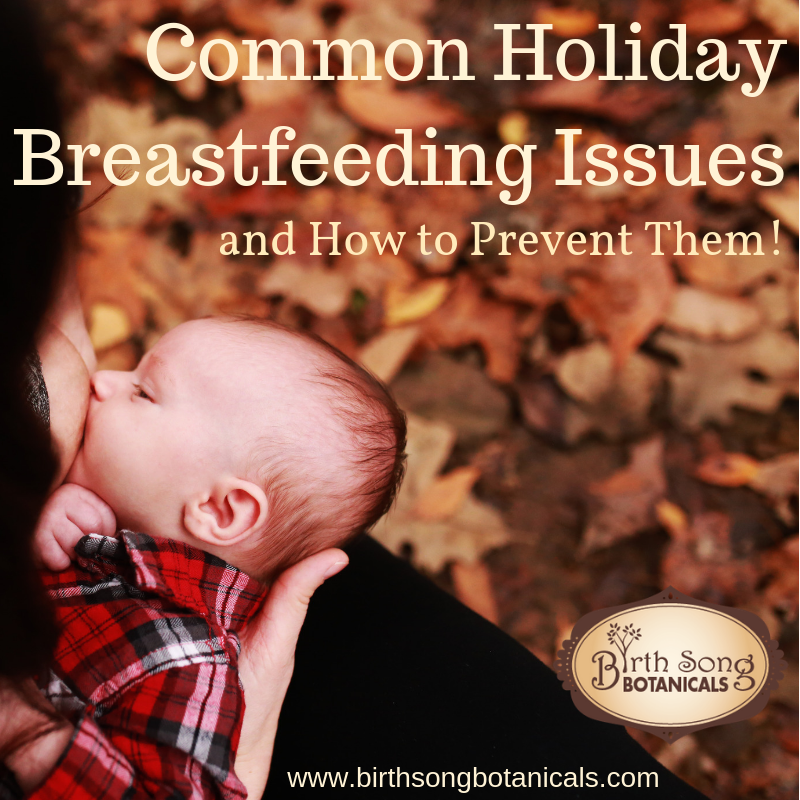Breastfeeding Within One Hour of Birth

During pregnancy and throughout labor, we look forward to the moments after birth as the finish line. In many ways, it is. You wait and work for the moment when your baby’s velvet skin touches yours. But in no way does that mean your body’s work has ended. Yes, parenting work is about to begin, but there are also big changes, hormonal shifts, and developmental milestones about to happen within the very first hour after birth. Breastfeeding immediately after birth connects mom and baby in these moments of change to help improve their bond and latch for the rest of their breastfeeding relationship.

The First Hour After Birth
In a normal birth, the baby goes right to mama’s chest with a warm blanket over him. The relief you’ve been looking forward to comes in the form of waves of oxytocin - the love hormone - which serves a dual purpose as it helps the uterus continue to contract to expel the placenta. As baby calms from the initial crying, he kicks his legs and squirms, and his legs also help to encourage contractions.
The cord, left alone, will change from tightly coiled and bluish purple to limp and white as it stops pulsing all of baby’s blood back into him. Contractions will expel the placenta, with the care provider making sure it comes out in tact.
During this time, the baby is usually calming, waking up to the world around him. He will become interested in the breast, smacking and licking his lips, eventually squirming his way to the breast to latch experimentally on his own.

Breastfeeding After Birth
Baby’s new world is her mother’s chest and face. In fact, he sees basic shapes and shades the best, making the areolas that darkened throughout pregnancy a beautiful target for him to want to get to. Beyond that, he can see about the distance from mother’s arms to mother’s face. Mom is all he needs just after birth and for a long while.
At the same time, mom’s instincts are strong in the hour after birth. She holds baby close in an optimal position for nursing, belly to belly and cuddled at the breast. She bonds with baby’s eye contact and responds instinctively as baby begins to try to latch.
When skin to skin and nursing are established immediately after birth, outcomes are better for both mom and baby. The shared body heat, heart beat, and breathing rates keep baby more stable in those critical moments. The triggers for milk supply are set into motion. The breastfeeding relationship is off to a great start, and the latch is likely to be better once baby really wakes up.
Babies who breastfeed immediately also tend to cry less and have better outcomes thanks to early ingestion of “liquid gold,” highly nutrient-dense colostrum.
The early latch and those first moments during the hour after birth should be relatively undisturbed. A mother shouldn’t feel overly watched or corrected. The important thing for this early latch is not perfection but bonding and instinct. Later, after the two have slept, the care provider can help mom learn or re-learn to bring baby to the breast with a good, strong latch.
Birth Plans for the First Hour
Because of the better outcomes for baby and bonding for mom, early initiation of breastfeeding is recommended by the World Health Organization. As part of a normal birth, baby should immediately be placed skin to skin and breastfeeding established within the hour.
Things happen during birth, unexpected or planned, that can alter the progression of the first hour. Pain medication might make baby sleepy, which would drag the progression out longer than an hour. Artificial oxytocin (Pitocin) is sometimes given immediately as part of a routine administration, which may inhibit mom’s natural production of oxytocin and the instincts for bonding and latching. And a Cesarean can, of course, alter the timeline and how both baby and mama are feeling.
As you are making your birth plans for any scenario - including in case of hospital transfer or a planned C-section - discuss with your care providers how important it is to you to get your baby skin to skin as soon as possible. Your partner, doula or midwife will be there to help you breastfeed in a prompt manner.
- Skin-to-skin holds are feasible and encouraged in nearly every single situation. Preemie babies fare best skin-to-skin, even when they are too early to nurse well.
- C-sections, depending on the circumstance, can still end with baby on your chest. Discuss ways to make this possible with your provider.
- Consider the way that interventions like medication and Pitocin might affect the first hour after birth and talk with your doula and care provider about ways to create the best outcomes.
The first hour after birth is a wonder of life and resilient in many circumstances. Allow your baby to acclimate to you as uninterrupted as possible, offer him the breast as your instincts allow, and rest for a moment after all that hard work. You’ve earned it!
I sincerely hope this post supports your empowered birth and breastfeeding journey!
Hugs and remember to let your love and your milk flow!
Maria
🌿

🌿Want More?!? Check These Out! 🌿
Breastfeeding Immediately After Birth
7 Tips for Breastfeeding Success
The Ultimate Breastfeeding Guide
Breastfeeding 101- Best Breastfeeding Practices
Four Healthy Habits to Start on Your Baby’s First Day
8 Things I Wish I Knew About Breastfeeding Before Giving Birth!
How to Treat Clogged Milk Ducts and Prevent Mastitis.
Why Do I Have a Low Milk Supply?
How to Increase Your Breastmilk Supply Quickly
Treating Nipple Thrush Naturally
How to Heal Sore Nipples from Breastfeeding
How to Achieve A Proper Breastfeeding Latch
Herbs To Avoid While Breastfeeding
Benefits of Fenugreek for Breastfeeding
Safe Herbs for Breastfeeding With A Cold
Breastfeeding While Sick
The First Few Weeks of Breastfeeding
Best Baby Carriers for Breastfeeding
Four Common Breastfeeding Problems and Solutions
Three Lactation Problems and How to Solve Them
Three Breastfeeding Tips for New Moms
How to Include Your Partner While Breastfeeding
How Often Should I Breastfeed?
How to Wake a Sleepy Newborn to Breastfeed
Is My Baby Getting Enough Milk?
Normal Weight Gain for Breastfed Babies
4 Signs Your Baby is Having a Growth Spurt
Breastfeeding A Baby with Tongue or Lip Tie
Breastfeeding After a Cesarean Section
Breastfeeding in Special Circumstances
Breastfeeding with Flat or Inverted Nipples
Breastfeeding a Pre-Term Baby
Tandem Breastfeeding
Breastfeeding Twins
Do I Need A Breast Pump?
Pumping Breast Milk to Return to Work
Breastfeeding Nutrition
Healthy Snacks for Breastfeeding
How to Know If You’re Dehydrated While Nursing
Breastfeeding Boosts Babies' Immune Systems and Prevents Illness
Breastfeeding Saves Sleep
Safe Co Sleeping with Your Baby
Tips for Breastfeeding While Pregnant
Breastfeeding in Public
Breastfeeding and Sex
Breastfeeding and Birth Control
The Relationship Between Breastfeeding and Menstruation
When Will My Menstrual Cycle Return After Having a Baby
Five Benefits to Extended Breastfeeding
How Breastfeeding Changes As Baby Grows
Five Reasons to Breastfeed Your Baby After Six Months
Weaning Gently and Intuitively
Is CBD Oil Safe for Breastfeeding and Lactation?
Can I Drink Alcohol and Breastfeed?
How My Breastfeeding Failure Was My Biggest Win
Common Holiday Breastfeeding Issues and How to Prevent Them!
Re-Lactation and Induced Lactation: Breastfeeding After a Break or When You Never Have
Remember to:
Like our Birth Song Botanicals Facebook Page
Follow Birth Song Botanicals Co. on Instagram
Read our Birth Song Botanicals Blog
Watch Birth Song Botanicals on Youtube
Listen to Birth Song Botanicals on SoundCloud
Be inspired by Birth Song Botanicals on Pinterest







